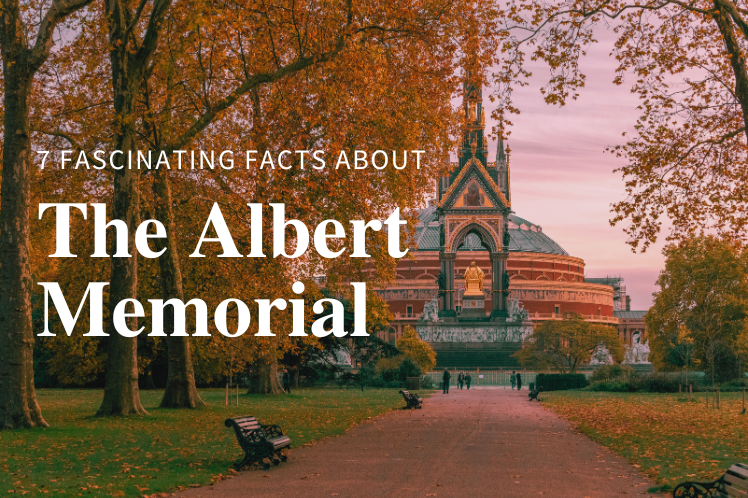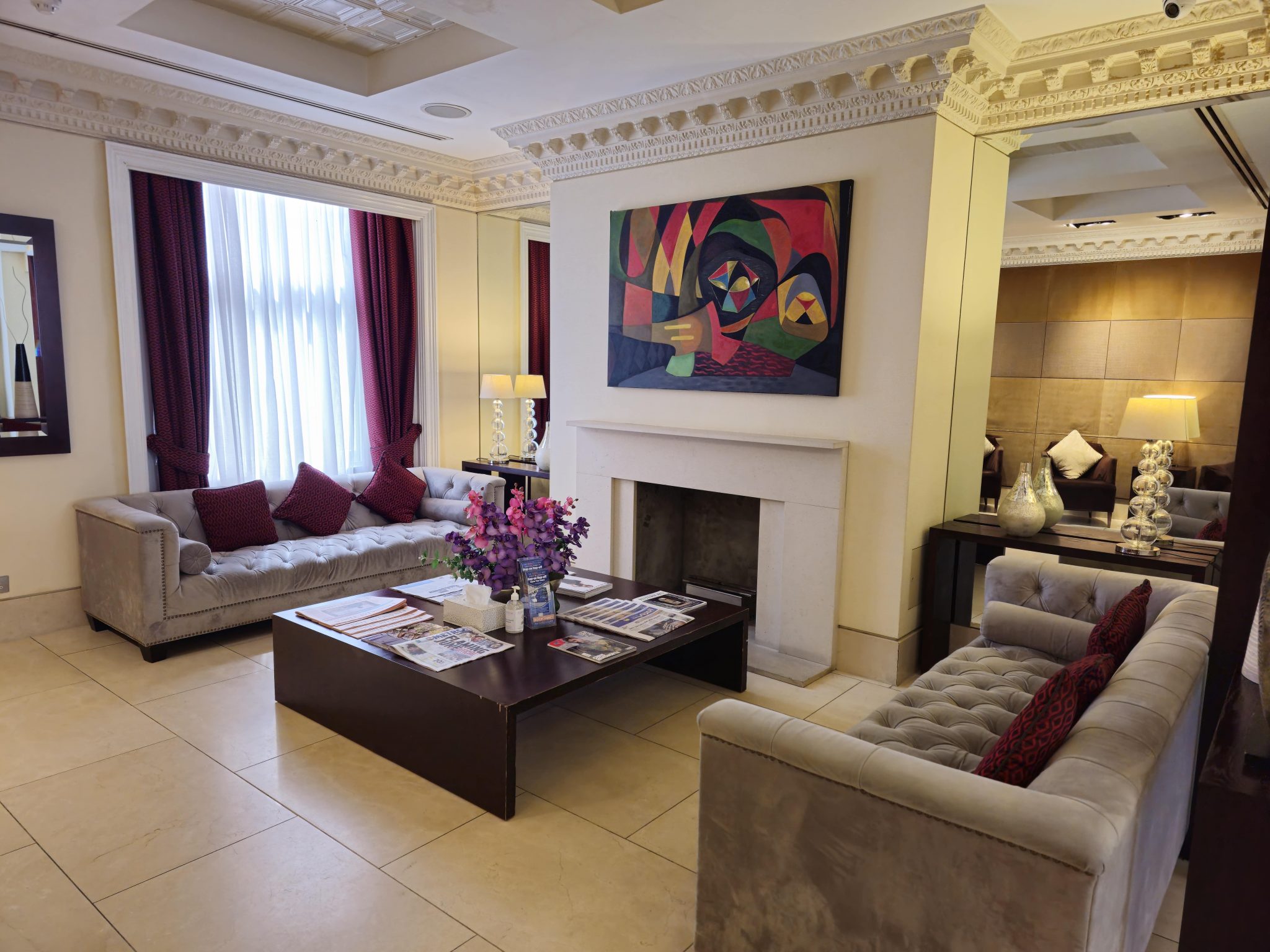/ London Guide/ London Attractions
One of the most famous and beloved monuments of the capital of Great Britain is located in Kensington Gardens – the Albert Memorial. The Albert Memorial is a large Gothic monument built to commemorate the loss of Prince Albert, Queen Victoria's beloved husband. Still, at the same time, it is a testament to the achievements of Prince Albert, who has accomplished many things throughout his life. Therefore, anyone who is interested in British history and Neo-Gothic architecture should take a look at these seven facts connected with the monument:
1. A Masterpiece of Victorian Gothic Architecture
The Albert Memorial is a great example of Victorian Gothic architecture, which was designed by the famous architect Sir George Gilbert Scott. Constructed in 1872, the memorial is one of the most monumental and detailed buildings that correspond to the characteristics of the Gothic revivalist period. The Gothic architecture, the detailed work on the spire, the carving, and the symbolism are breathtaking, especially if one wants to understand Victorian period art. If you're staying at Park Grand Kensington London Hotel, you can easily walk over and admire this beautiful structure.
2. A Tribute to the Great Exhibition
One of the main attractions of the Albert Memorial is the statue of Prince Albert himself, the figure of whom is portrayed as sitting on a chair and holding what appears to be the catalog of the Great Exhibition of 1851. Prince Albert played a pivotal role in this grand exhibition that featured industrial, cultural, and scientific developments of the period. The memorial also points to his contribution to the exhibition and subliminally represents the progress and innovation that he achieved in his lifetime.
3. Symbolic Sculptures Representing the World
Around the statue of Prince Albert, four allegory sculptures representing Europe, Asia, Africa, and America are located. These statues are highly detailed, and each is placed on top of the totem that contains references to the diversity and uniqueness of the continents. This global representation emphasizes Prince Albert's desire to be informed and involved in global issues, as well as his hope for global unity based on commerce, culture, and goodwill.
4. The Frieze of Parnassus: A Tribute to the Arts
The base of the memorial has a beautiful frieze referred to as the "Frieze of Parnassus." This delicate carving depicts 169 figures of artists, poets, musicians, and philosophers from different periods in order to celebrate the art culture that Prince Albert so cherished. The frieze depicts art - a field that Prince Albert was quite keen on supporting as well as advocating for.
You can also read: Top UNESCO World Heritage Sites to Visit in London
5. White Carrara Marble: A Touch of Elegance
The memorial is built of white Carrara marble imported from Italy. This superior material was selected because of its simplicity, and yet this attribute was thought to enhance the grandeur of the structure. Apart from the aesthetic value, Carrara marble gives a symbolic value of making the memorial time-resistant and thus preserving Prince Albert in stone for future generations.
6. A Religious and Spiritual Element
At the top of the memorial, there is a cross made of gold, which symbolizes the religious aspect of the memorial. This cross, together with the general layout and design of the memorial, adds a sanctity and ceremonial value to the construction. It is an embodiment of the Christian principles that formed the core of both Prince Albert and Queen Victoria's belief systems and consequently served as a reminder of their shared ideals. If you’re staying at Kensington Hotel London UK, the Albert Memorial is just minutes away, making it an easy and exciting visit.
7. A Nighttime Spectacle
Not only is the Albert Memorial a magnificent sculpture during the day, but it also looks even more enchantingly beautiful when viewed under the stars. The memorial looks incredibly great at night since it is well-illuminated and appears stylistically iconic at Kensington Gardens. The nighttime adds a more dynamic facet to the memorial because it gives the viewers' experience a whole new appeal.
Conclusion
The Albert Memorial is not just a monument; it is a story told in layers involving love, loss, art, and triumph. Every architectural feature and the sculptures that decorate the façade narrate a story of a man who left his imprint on British society. For all the tourists who are planning to visit London, the Albert Memorial should be placed on an absolute must-see list as it reveals not only the advancements achieved in Victorian times but also sheds light on Prince Albert's heritage.



